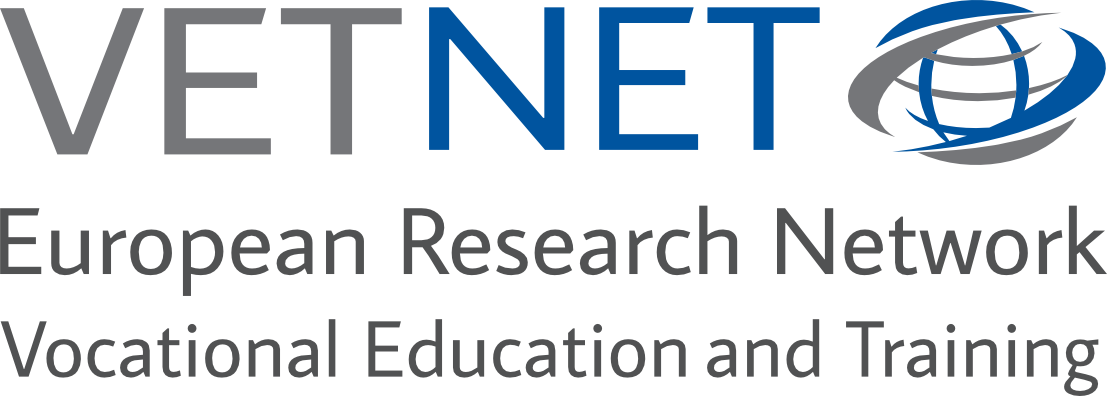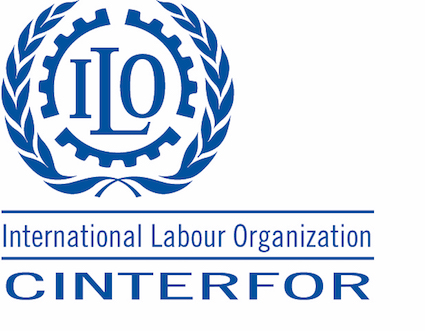The Theory of Human Relatedness as a Potential Underlying Causative Mechanism in Nursing Student Placement Experiences: A UK-Based Critical Realist Study
DOI:
https://doi.org/10.13152/IJRVET.9.1.3Keywords:
Practicum, Placement, Duration, Intensity, Theory of Human Relatedness, VET, Vocational Education and TrainingAbstract
Context: This study, underpinned by Critical Realism, re-analysed interview data acquired to examine the views and experiences of four stakeholder groups involved in the delivery of employer-sponsored pre-registration nursing programmes offered by a UK university in which all students already held an appointment as a non-registrant carer and who completed their placements within a block or integrated practicum framework. The re-analysis focused on the extent to which this interview data aligned with the key propositions of the Theory of Human Relatedness and therefore whether this theory, congruent with assertions based on the results of an earlier realist synthesis, might provide a causative explanation of factors affecting nursing student placement experiences.
Methods: Semi-structured, digitally recorded and professionally transcribed interviews, each lasting approximately 30 minutes, were held with a purposive sample of 37, predominantly female, respondents in 4 stakeholder groups involved in employer-sponsored pre-registration nursing programmes. These stakeholder groups were students, employers, mentors, and practice tutors and were associated with programme provision within twelve healthcare organisations in northern England.
Results: Although more modest in some areas, data provides support for every key proposition identified within the Theory of Human Relatedness; suggesting this theory may closely reflect the criteria that stakeholders implicitly employ to evaluate placement models. More respondents in all groups described the block practicum model in ways that suggest it is best able to promote a sense of connectedness, belonging and synchrony for learners. In contrast, an integrated placement design was portrayed in terms that implied it may increase the risk of disconnectedness but might also be more likely to promote reciprocity. Insufficient data was available to identify the perceived effect of either practicum design in respect of enmeshment, parallelism, and mutuality.
Conclusion: The results of this research suggest that a block placement may foster more positive relatedness experiences for students and other stakeholders within nursing programmes. Moreover, the extent to which a practicum framework is perceived to promote connectedness, belonging, reciprocity and mutuality, to minimise disconnectedness and enmeshment and to reduce the need for parallelism may underpin stakeholder appraisal of the two practicum frameworks. Little research regarding the effect of placement duration and intensity on student learning within pre-registration healthcare programmes or the application of the Theory of Human Relatedness to practicum experiences, however, has been undertaken to date and such investigation is complicated by inconsistent terminology to describe practicum designs. It is argued that further academic enquiry within both fields should be a priority for healthcare educators; not least because it may provide further insights into curriculum designs capable of reducing student attrition.
Downloads
Online First / Final Publication Date
How to Cite
Issue
Section
URN
License
Copyright (c) 2022 Phil Coleman

This work is licensed under a Creative Commons Attribution-ShareAlike 4.0 International License.





